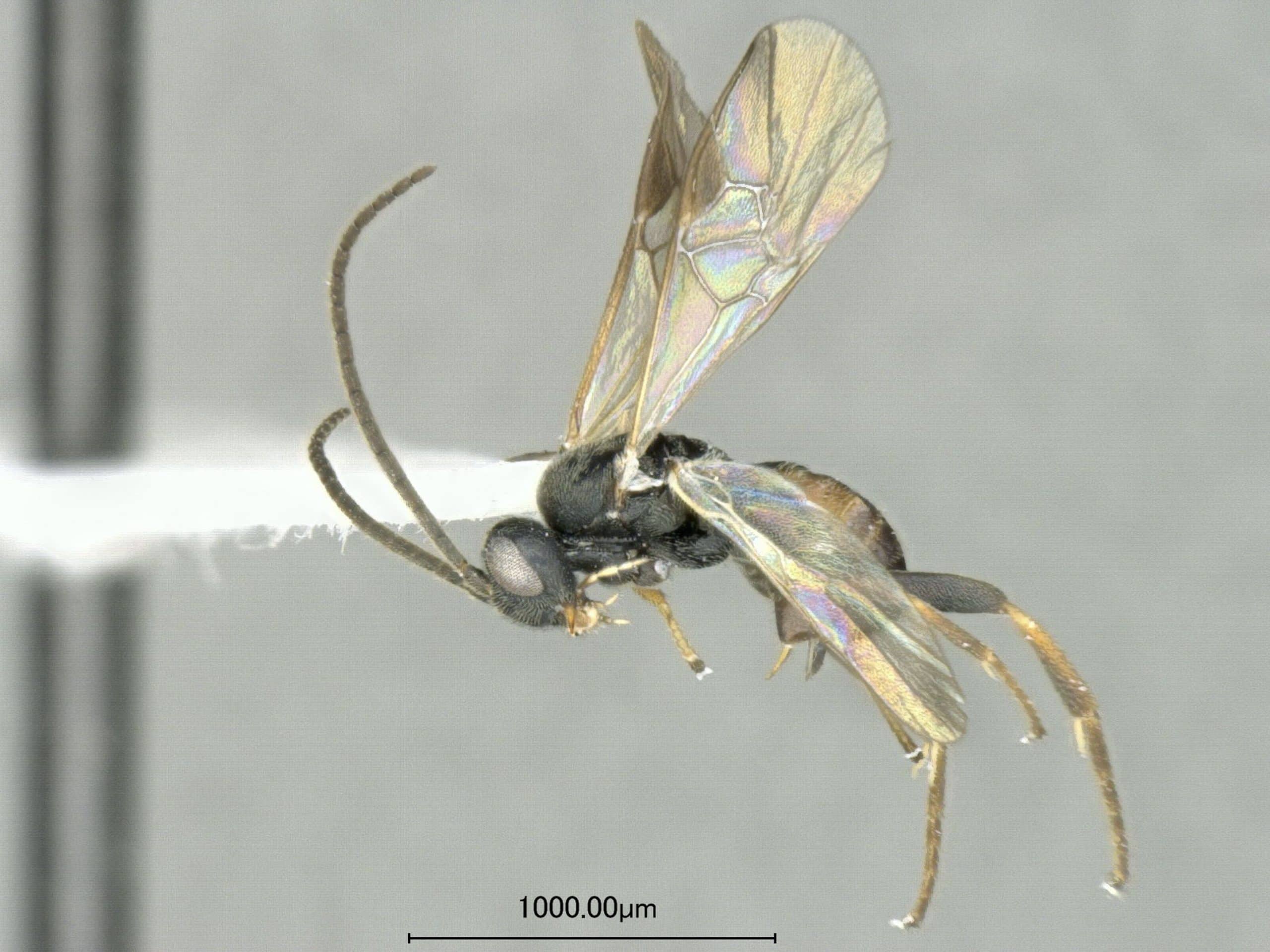Entomologists were excited to find a known diamondback moth parasitoid, the 2mm-long Diolcogaster claritibia wasp, at very high numbers in Alberta canola fields over the past couple of weeks.
This is just another example to confirm what we already know: Canola fields are a diverse ecosystem and many of the insects present are beneficial. They’re helping you fight off insect pests.
It also underlines again the value in following spray thresholds. Spraying insecticide often kills these beneficials as well as the target insect. So spraying when pest counts are below economic thresholds means the spray costs more than it returns in terms of saved yield and it unnecessarily kills the beneficial insects.
Spraying cabbage seedpod weevil below threshold*, for example, can also kill these Diolcogaster claritibia wasps. While these wasps are not a parasitoid of cabbage seedpod weevil, the unexpected result could be higher diamondback moth larvae feeding on canola at the sensitive pod stage.
*The economic threshold for cabbage seedpod weevil is 25-40 per 10 sweeps. Read more.

